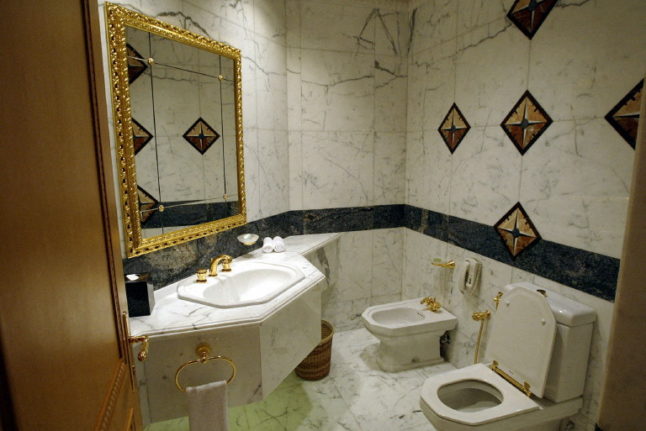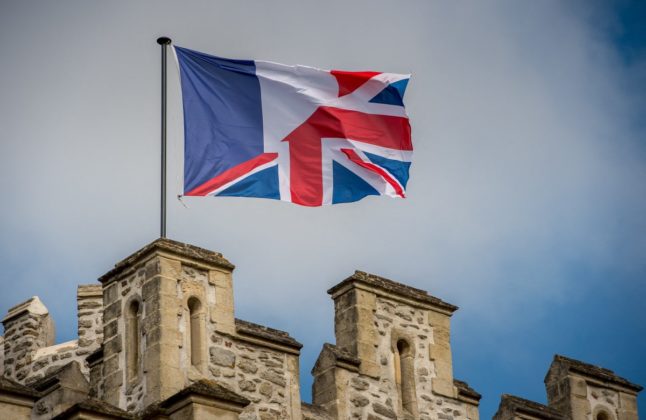Around a fifth of French properties are not connected to the mains sewerage system which means that septic tanks are very common – especially in rural areas.
Even if your property is situated within a village or even a small town, it may have its own septic tank.
This means that you are going to need to get up to speed with the many rules and regulations that surround septic tanks in France – having a septic tank that doesn’t comply with regulations can lead to the local authority ordering you to install a new one.
As a septic tank can easily set you back €10,000, this is no idle threat.
Regulations
This may come as no surprise, France has plenty of rules around septic tanks. These have been tightened up in recent years, so if you’re looking at a property to buy, make sure it complies with septic tank regulations or you may be facing a hefty bill to put it right.
New rules introduced in 1992, 2011 and 2012 mean that all domestic properties must have a combined system that is capable of dealing with all household waste waters (fosse toutes eux). A certificate of conformity with these standards is now required when selling a property.
But it’s still the case that many older properties that have not had work done in recent years have old tanks that don’t conform with modern standards. Older properties may not have the right type of system or the necessary paperwork, while in some cases it’s not even clear exactly where the tank is.
Installing a new tank now comes with a raft of rules such as the minimum distance from the property, minimum depth of burial and type of filtration system used.
Non-compliant tanks
If your tank is deemed non-compliant you have 12 months to set it right – either by an upgrade or the installation of a new tank.
If your property doesn’t have a septic tank at all (for example if you’re doing a new-build or taking on a major restoration project) then you will need to get one installed.
As mentioned above this can be expensive and it involves plenty of paperwork.
In good news, however, you don’t need to become an expert in septic tanks yourself, because you can call on the help of the local sanitation department the Service Public d’Assainissement Non Collectif (known as SPANC – it’s only funny to English-speakers, spanking in French is fessé).
The SPANC service is responsible for inspection of tanks and issuing the paperwork that you will need. It’s usually done on a département level, although some areas have a combined service – if you’re in doubt, your local mairie will be able to point you in the right direction.
However, they’re not just there to tick you off for incorrect installations – they can also help to guide you through the entire process, whether you are installing a new tank or upgrading an existing system so that it meets requirements.
If you explain the details of your property they can tell you what size and type of tank you need in order to comply with regulations – or what remedial work needs to be done – and many offices will also have a list of accredited local installers.
It’s still up to you to find a company to do the installation, get quotes etc and plan the works, but it’s strongly advised to consult SPANC first so that you know that the work you’re having done will pass the later SPANC inspections.
It’s a good idea to pick a local firm that specialises in installing septic tanks – they will usually know the people at the sanitation office and can arrange the necessary inspections and paperwork, thereby saving you a job.
The installation of a new tank can be a major event – tanks are big and need to be well buried using a mechanical digger. Depending on the size and location of your property, you may need to involve the mairie if you need to close the road so that the digger can access your garden. A large area of garden/outside space will need to be dug up and it’s even possible that will need to have trees felled in order to fit the tank in.
In most cases, the SPANC employee will make a site visit during the installation to check that everything is in order and will then issue your certificate.
If you’re having further work done afterwards – eg you’re doing a major renovation and will be installing a bathroom afterwards – you may need to arrange for a follow-up inspection so that SPANC can see the system in action and make sure everything is working correctly.
Once everything is in order, you will be issued with a ‘Certificat de bonne execution’ – you will need this in order to prove that you’re complying with the regulation and it will be necessary to, one day, sell your property.
Maintenance
There are obvious disadvantages to having to install a new septic tank (the cost, the hassle of arranging a major installation project etc) but the advantage is the modern tanks need emptying less often.
It depends on the size of the tank, whether the property is a home or second home, and how many people use it, but on average tanks need pumping out every four years.
Most people arrange for a regular inspection contract with the company that manufactures the tank, who will come and check it every so often and arrange for emptying when necessary, all for a pre-agreed monthly or annual fee.
Use
Once you have a fully compliant septic tank, you need to make sure you keep it functioning well.
In addition to the regular maintenance mentioned above, an import aspect here is what you put down your toilets and sinks.
The first thing to look at is chemicals – any product that will be flushed into the septic tank, such as toilet cleaners, air fresheners or general cleaning products, should be checked to ensure that they are compatible with a septic tank. This should be clearly marked on the bottle and supermarkets in rural areas generally stock a wide range of septic tank compliant products.
The second thing is what you can flush down the toilet – generally things like sanitary products and cleaning wipes should be disposed of in a bin, rather than down the toilet.
Other general rubbish including ash should not be flushed (you’d hope this would be common sense, but a lot of septic tank manufacturers specify this, so maybe there are people out there who are confused).
Septic tank vocab
Une fosse septique – septic tank
Une fosse toutes eaux – a tank that collects all waste-water. This is the type of tank you will need in order to pass the inspections
Assainissement – sanitation
Assainissement Collectif – the mains sewerage system, which most urban properties are connected to
Assainissement Non Collectif – properties that are not connected to the mains sewerage system, and which therefore require a private septic tank
Le Service Public d’Assainissement Non Collectif (SPANC) – Public non-collective sanitation services
Eaux traités – treated water
Sol sablonneux / graveleux / rocheux/ calcaire – Sandy / gravelly / rocky /chalky soil. One of the things the installer is likely to ask you, so they can assess how to bury the tank
Devis – estimate. Always ask for a quote first before committing yourself to in installation
TVA inclus – make sure that your quote includes VAT
SIRET – and check the SIRET number of any company that you hire to ensure that they are qualified and insured



 Please whitelist us to continue reading.
Please whitelist us to continue reading.
Member comments